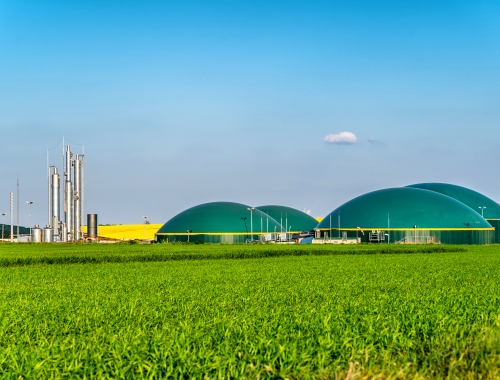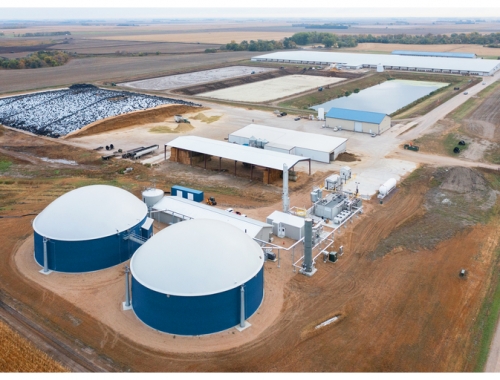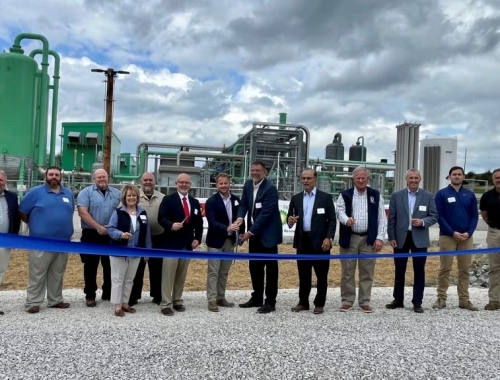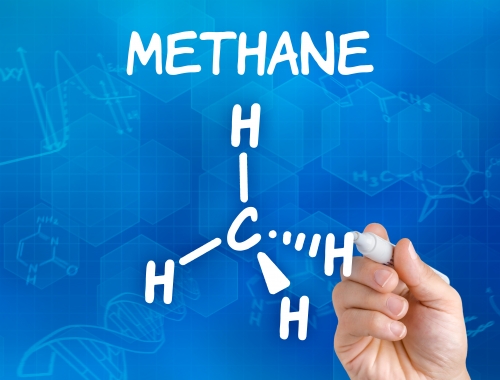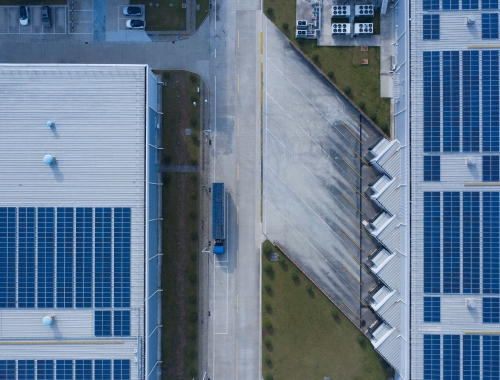New report sees increased Permian basin flaring in 2024
SUMMARY
Lack of pipeline takeaway capacity threatens to increase flaring of associated gas.
By Dale LunanPOSTED IN:
A new report by East Daley Analytics and measurement, reporting and verification service provider Validere released May 23 suggests flaring in the Permian Basin could increase next year as associated gas production outstrips available gas pipeline takeaway capacity.
The report addresses the outlook for infrastructure constraints in the Permian and the potential for increases in flaring rates and highlights how operators can limit the impact of rising flaring rates on the environment.
Flaring in the Permian, which produces more than 6mn barrels/day of oil and nearly 23mn ft3/day of associated natural gas, last attracted headlines in 2019, when burgeoning oil production and insufficient gas transmission capacity caused a spike in flaring.
Pandemic demand destruction and the addition of some new pipeline capacity eased the flaring burden, but now, the report says, Permian basin rig counts, robust oil prices and expectations for demand growth suggest a new flaring surge could come in 2024.
“In an ideal world, infrastructure would stay ahead of supply growth, but for both commercial and regulatory reasons, production-limiting constraints can occur in gathering, processing, and transmission,” East Daley Analytics’ chief commercial officer Justin Carlson says. “In mid-2024, when we estimate the excess gas problem to be at its worst, shutting in enough gas production would take 200,000 b/d of oil production offline, reducing US exports and pushing up both domestic and global prices.”
Two brownfield pipeline expansions and one greenfield pipeline project are underway to provide about 3.5bnn ft3/day of takeaway capacity, but delays to any of those projects could push flared volumes even higher, he says.
Excess Permian production is expected to reach 500mn ft3/day in 2024, the report says, before the planned completion of the 2.5bn ft3/day Matterhorn Express pipeline, while Kinder Morgan’s 500mn ft3/day expansion of its Permian Highway Pipeline is already facing delays.
Each 100mn ft3/day of gas flared at a 98% combustion efficiency adds 2.2mn metric tons/year of CO2 emissions and 1mn mt/yr of CO2-equivalent emissions from methane, the report says. Inefficient flare combustion adds to the problem, with each percentage point reduction in combustion efficiency adding an estimated 500,000 mt/yr of CO2-equivalent emissions.
“This backslide, in a world with a more stringent focus on climate change and more third-party aerial monitoring of performance, risks limiting access to capital and/or buyers, especially if increased flaring translates to rising methane emissions,” the report says. “By effectively monitoring operational data like thermocouples and quickly addressing any unlit flares, operators can limit the impact of rising flaring rates on the environment and their social license to operate.”

